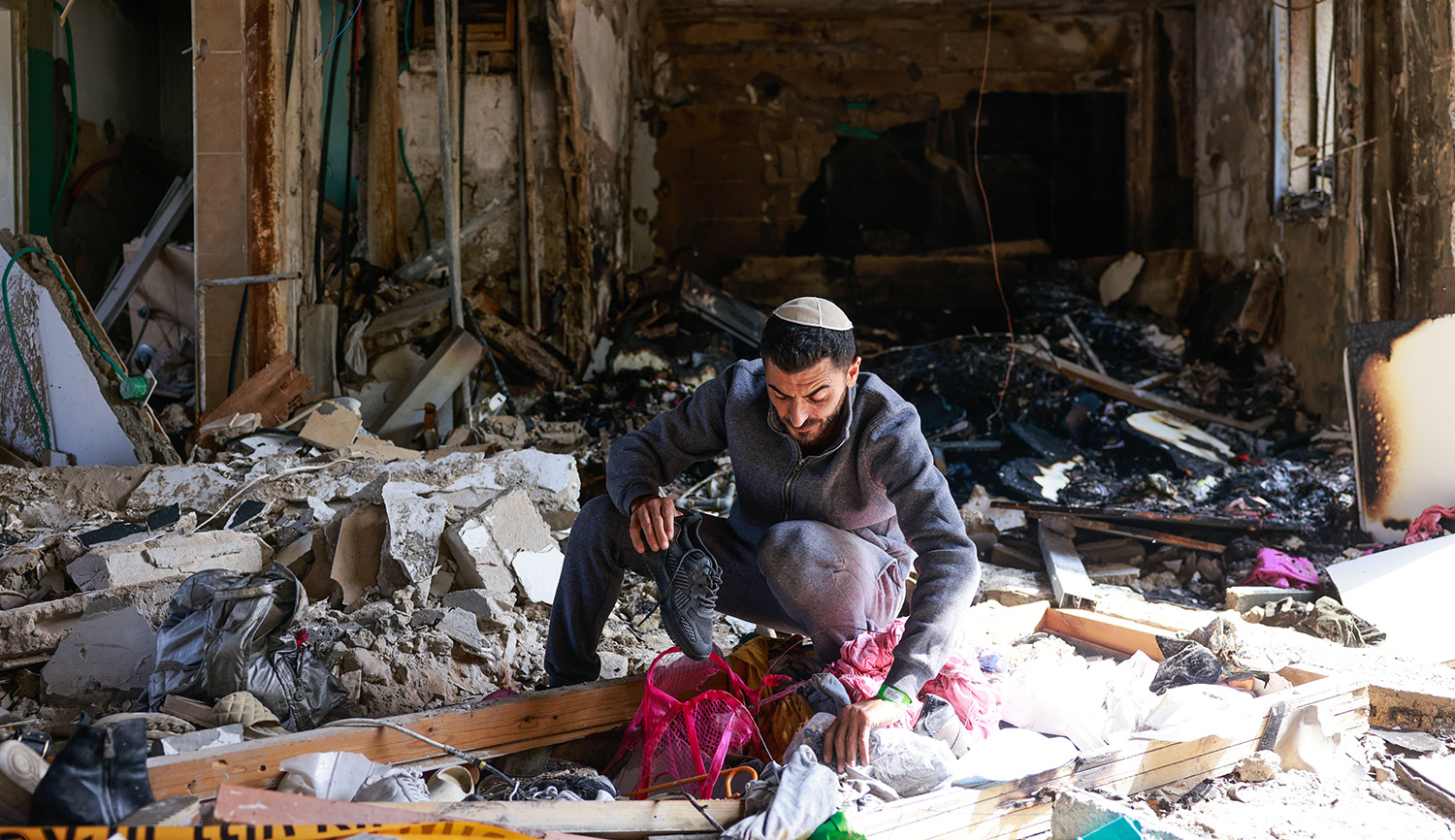The death under mysterious circumstances of Alberto Nisman, on the day before he was scheduled to testify to the Argentinian congress about Iran’s role in the 1994 bombing of the AMIA Jewish center in Buenos Aires, says much about how the West has responded to the threat of global jihad. Seth Lipsky writes (free registration required):
[W]hile the bombers were plotting their attack, top American intelligence officials . . . were meeting with a delegation of the Conference of Presidents of Major American Jewish Organizations. It was . . . a wide-ranging session, touching on all parts of the world. The one area on which “a crackle of disagreement erupted” was on Islamic terrorism.
The disagreement was between “analysts on the intelligence side,” who discounted the notion that we were facing a “unified Islamic threat,” to use the jargon of the time, and several skeptics in the Jewish delegation, including Abraham Foxman of the Anti-Defamation League and Malcolm Hoenlein of the Presidents Conference. One of the intelligence types . . . summed up his view by saying “We do not want to replace the struggle against the red tide of Communism with a struggle against the green tide of Islam.”
Many terrorist attacks later, has the U.S. learned its lesson? Not to judge by recent behavior:
Where was U.S. Secretary of State John Kerry when the long fight to bring Iran to book on AMIA was coming to a head? Where was the Obama administration? Where are they now? They are pursuing their effort to make America a contract partner with the regime that Nisman accused of being the culprit in the AMIA bombing. What a sorry end to this story that would be.
More about: AMIA bombing, Argentina, Hizballah, Iran, Politics & Current Affairs, War on Terror


